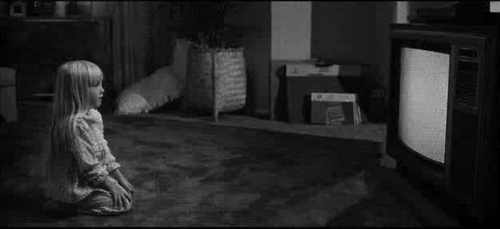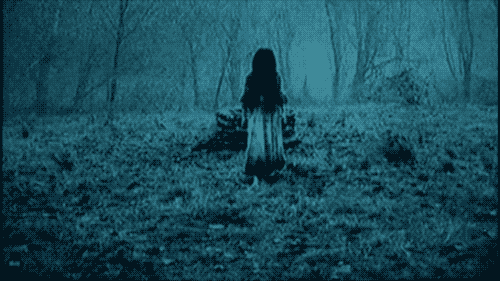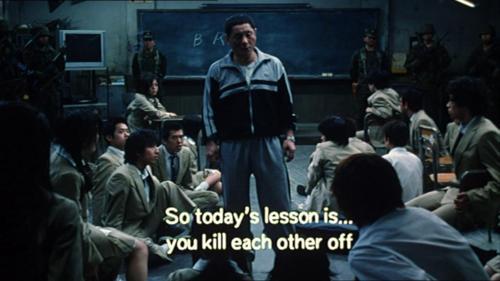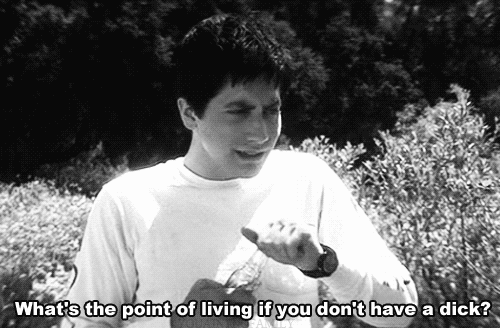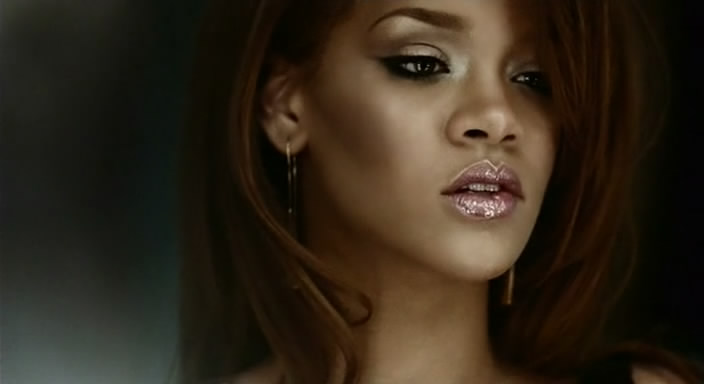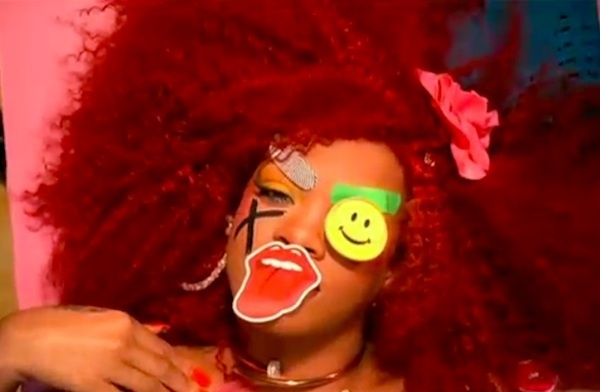Tamawo
Directed by Richard Somes
Written by Richard Somes, Aloy Adlawan, Jules
Katanyag
Starring Maricar Reyes, Bugoy Carino, Zanjoe
Marudo, Celia Rodriguez
Parola
Directed by Jerrold Tarog
Written by Jerrold Tarog, Aloy Adlawan,
Maribel Ilag, Roselle Monteverde
Starring Kathryn Bernardo, Louise delos
Reyes, Sam Concepcion, Ina Reymundo, Ara Mina, Lloyd Samartino
Rain
Rain Go Away
Directed by Chris Martinez
Written by Marlon N. Rivera, Chris Martinez
Starring Eugene Domingo, Jay Manalo, Edgar
Allan Guzman, Boots Anson-Roa, Perla Bautista
It is often argued that the spotlight of local
mainstream cinema at the moment is no longer at the marginalized groups of
society (the poor, indigenous people, militant groups, etc.) but at the
privilege of the ruling class. It’s a saddening case then that the cries of
real oppression are muted in favor of success stories via commercial
achievements (the middle-class ideal for accomplishment) and the sugary
narratives of boy-meets-girl. But for the genre known to make oppressive forces
pay, local horror never neglected the marginalized. In fact, modern issues
still have a special place in the heart of the grotesque. Such is the case here
in SHAKE RATTLE AND ROLL 13, Regal’s annual horror treat for the Metro Manila
Film Festival. (Still) chopped up to three narratives, this time it’s about a
family who retreat to the idyll province (“Tamawo”), a revival of a dead
friendship (“Parola”) and the horrors done by the 2009 storm Ondoy to rich
factory owners (“Rain, Rain Go Away”). The film is no departure in terms of
form. I’ve always thought that the cleancut digital quality of Regal’s visuals
is anticlimactic compared to the earlier films’ mood and atmosphere. In fact,
the content is quite familiar too. Since the MMFF is seen as an event offered
for family bonding, the supposedly last installment of the horror franchise is
all about families. But it’s not without its twisted reflections of
contemporary social ills.
All episodes focus on the ideal family model:
father and mother with their children try to cope with changes in their new
situations. The family in “Tamawo” traveled from Manila to the stateside
because the father finds the city chaotic, while the couple in “Rain, Rain Go
Away” tries to cope up from the horrors of the nightmarish storm by building a
new factory and retrying their chances at having a child. The bond of two
families in the middle episode “Parola” would be disrupted by a secret affair.
It is the disruption of the family’s peace that would let the horrors push
through, but unlike “Parola”, the bookend episodes are haunted by the
unrecognized marginalized groups of people. The tamawos are supernatural forces that stood in for indigenous people
in the provinces. Years ago, their crystal has been stolen by a mortal who
buried the treasure under a nipa hut. In the contemporary period, the tamawos threatens a family to bring out
the treasure which the father actually discovered and hid. Only when the son
offered himself as a sacrifice that the remaining members of the family achieve
peace.
The third episode is direct in handling a
much more recent issue regarding Metro Manila – floods. In “Rain, Rain Go
Away”, a couple is haunted by ghosts of child laborers who drowned by Ondoy
floods when they were locked-up in the old plastic ware factory owned by the
rich couple. Thinking the horror has past, the rich couple found a new home and
built a new factory (in a manner reminiscent of Imelda Marcos after the
incident at the Manila Film Center). But the ghosts of the workers haunted the
family and even took the lives of their relatives.
If this really is the last installment of the
franchise then it managed to update audiences of recent circumstances occurring
both in rural and urban sectors. A line from “Tamawo” has addressed the woes of
indigenous people regarding the proceedings in mining (especially around
Palawan). “Halos lahat ng bagay sa mundo
ay nasa inyo na! ‘Eto na lang ang amin, papakialaman niyo pa!” said one of
the tamawos in their conversation
with the father. It is pitiful of course because what we thought of as a
crystal was actually an egg that is carrying a premature embryo – the last
member of the tamawos. The film has
industrialization and modern society to blame for all the troubles done to the
tribe. The relationship between the upper and the lower classes would be much
more direct in the third episode. Child laborers were selfishly locked by the
couple so they wouldn’t escape the job as makers of plastic containers. Plastic
of course is known as the ultimate culprit to the flooding of the cities. That’s
why plastic bans have started in different cities in the metro, though not all.
The overproduction done by the capitalist couple in the film is the reason why
the deaths and the eventual haunting occurred.
By putting our sympathies at the losses of
the bourgeois family, it is easy to overlook the situation of the abject
monsters/ghosts. These families sit pretty in their houses and when unfavorable
incidents arouse (such as natural calamities), they selfishly save themselves
and let the others die. But like the Ondoy victims in the third episode, the
margins have their own way of returning. The film has bourgeois families (or
people who can afford to watch Php150-200 worth of movie tickets) as target
audiences and these audiences relate to the problems of the families they
watch. But listen closely to the line said by the maid in the final episode “Makakalimutan natin ang lahat pero ang mga
patay… hindi sila nakakalimot!”. We may stay at our comfort zones for long,
but the ones from the margins will continue to haunt us until their voices are
heard.










